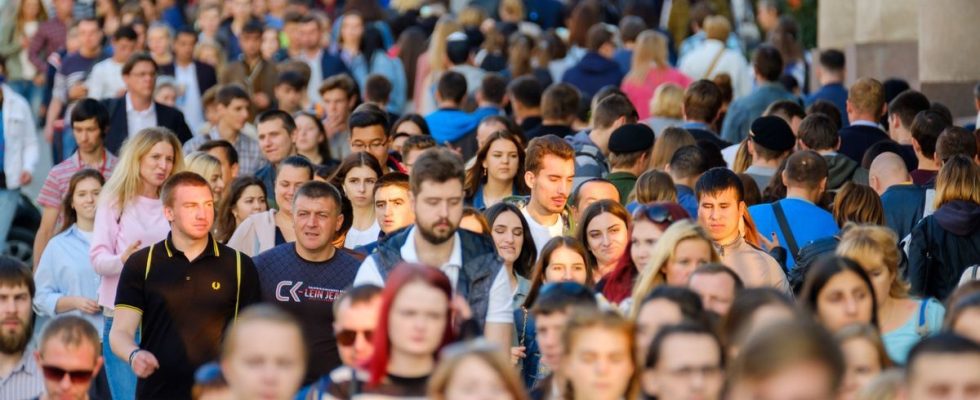Published on
Updated
Reading 2 mins.
The covid-19 pandemic has had “spectacular” effects on the life expectancy of Ile-de-France residents, with men from Seine-Saint-Denis living an average of 3.9 years less in 2021 than those from Hauts-de-Seine, according to a report released Thursday.
The Ile-de-France region, particularly exposed to covid-19 since the start of the health crisis, has seen the life expectancy of its population drop by 0.7 years on average for men and 0.1 years for women between 2019 and 2021, compared to 0.3 and 0.1 in metropolitan France, according to a report by the Ile-de-France Regional Health Observatory.
In Seine-Saint-Denis, the poorest department in France, the effects of the pandemic have been particularly marked. Between 2019 and 2021, life expectancy thus fell from 80 years to 78.2 years for men, and from 84.7 years to 84.2 years for women.
In the Hauts-de-Seine, this life expectancy has fallen less, dropping from 82.6 years to 82.1 years for men and has even increased for women.
In 2021, a man from Seine-Saint-Denis therefore lives on average 3.9 years less than his neighbor from Hauts-de-Seine, underlines the report, estimating that “the Covid effect on the life expectancy of Ile-de-France residents is spectacular“.
These strong disparities reflect both “social and territorial inequalities” in terms of health, the most disadvantaged being more exposed to chronic diseases, and the strong inequalities of access to health professionals, with for example delays in cancer diagnoses among women living in Seine-Saint-Denis.
The three Ile-de-France departments with the lowest life expectancy for both men and women are Seine-et-Marne, Seine-Saint-Denis and Val-d’Oise.
Their inhabitants”suffer more from malnutrition and obesity, diabetes and cardiovascular diseases. They have less access to prevention and care. With the accumulation of these factors, we arrive at a differential life expectancy according to the territories“, summarizes Isabelle Grémy, director of the Observatory.
She also recalls that these departments bring together more so-called “essential” workers, more exposed to the disease inside and outside their homes “during the covid period.
The report also states “a very sharp increase in the prevalence of characterized depressive episodes between 2017 and 2021, probably linked to the health crisis and particularly among young people“, and a progression of “massive obesity”.
In Ile-de-France, the health of young people is generally considered “worrying” because of the “stress related to school work” but also significant sleep disorders. Thus, 17.8% of adolescents are insomniac, 40% in sleep restriction and 20% in sleep deprivation.
